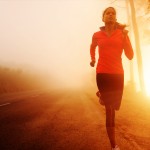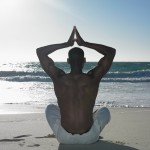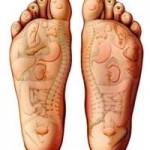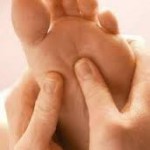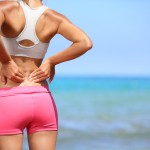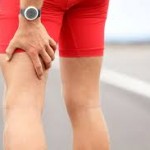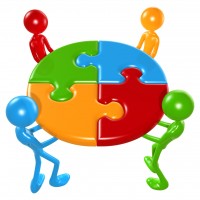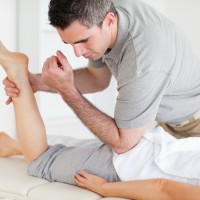Written by Toni Teggin
In this day and age the benefits of activity cannot be underestimated. Ireland is fast becoming one of the most overweight nations in the world (OECD, 2014). This makes it all the more important to try to add as much activity to your day as possible. According to the HSE Irish adults need at least 30mins of moderate activity at least 5 days a week. Remember that every minute you spend being active adds up.
There are so many benefits of activity, some of which are listed below:
- Increased energy levels: We can all feel worn out and exhausted sometimes. But being more active can help you gain more energy. Physical activity trains your cardiovascular system to work more efficiently. Having a more efficient heart and lungs will leave you with more energy for your daily activities.
- Exercise helps control weight: When you exercise you burn calories, more intense activity will burn more calories. Getting the right balance of nutrition and exercise will help to either maintain weight, lose weight, or gain lean muscle. By simply being more active during the day you can increase your energy expenditure and burn more calories.
- Prevents health conditions: Being active can help prevent a large number of health problems such as stroke, metabolic syndrome, type 2 diabetes, depression, high cholesterol, high blood pressure. Activity increases your ‘good’ cholesterol or HDL’s and decreases your unhealthy triglycerides. This allows your blood to flow more smoothly which in turn decreases your risk of cardiovascular diseases.
- Improves mood: Activity stimulates production of chemicals in the brain that leave you feeling happier and more relaxed. If you’ve had a particularly stressful day then a burst of activity such as a brisk walk will leave you feeling more relaxed and better able to handle the stresses of the day.
- Improved sleep: Being more active regularly can help you to fall asleep faster and deepen your sleep. You will fall asleep quicker, sleep better and wake up feeling refreshed. Make sure not to exercise too close to bed time as this may leave you feeling too energized to sleep.
Here at Archview Clinic we understand the importance of activity and offer a range of individual and group exercise options, including Pilates, flexibility, conditioning, core-strengthening, personal training.
See our timetable for more information!
